Description
Maize Gluten Feed for sale
Maize Gluten Feed for sale Are you looking for a high-quality feed option for your livestock? Look no further than maize gluten feed! Order here now.
Maize gluten feed, a byproduct of the corn milling process, serves as a valuable nutritional supplement for livestock and poultry. Understanding the composition and benefits of maize gluten feed is essential for optimizing animal diets and promoting health and productivity. This article delves into the intricacies of maize gluten feed, exploring its nutritional profile, advantages, considerations for purchase, availability, pricing, and practical tips for incorporating it into animal feed regimens. Whether you are a livestock owner, feed manufacturer, or agricultural professional, this comprehensive guide will provide insights into the use of maize gluten feed as a cost-effective and nutrient-rich option in animal nutrition.
Maize Gluten Feed for sale
Maize gluten feed is a byproduct of maize processing that serves as a valuable feed ingredient for livestock. It offers a cost-effective and nutritionally rich option for supplementing animal diets.
Definition of Maize Gluten Feed
Maize gluten feed is the product obtained after the extraction of cornstarch and corn germ from the corn kernel. It consists of the remaining parts of the maize grain, including bran, germ, and gluten (protein).
Production Process of Maize Gluten Feed
During production, maize kernels are ground, and the starch and germ are separated. The remaining components are then dried to produce maize gluten feed. This process retains a significant amount of protein, fiber, minerals, and vitamins in the final product.
Maize Gluten Feed for sale
Nutritional Composition of Maize Gluten Feed
Maize gluten feed offers a balanced nutritional profile that can benefit livestock health and performance.
Protein Content
With protein levels ranging from 18% to 22%, maize gluten feed is a valuable protein source for animals, supporting muscle development and overall growth.
Fiber Content
Rich in fiber, maize gluten feed aids in maintaining optimal digestion and gut health in livestock, promoting efficient nutrient utilization.
Mineral and Vitamin Composition
Maize gluten feed contains essential minerals like phosphorus, potassium, and magnesium, along with vitamins such as B vitamins and vitamin E, contributing to overall animal well-being.
Benefits of Using Maize Gluten Feed
Incorporating maize gluten feed into animal diets can offer several advantages for livestock owners.
Improved Animal Health
The balanced nutritional profile of maize gluten feed supports immune function, reproduction, and overall health in livestock, reducing the risk of nutrient deficiencies.
Cost-Effective Nutritional Supplement
Maize gluten feed provides a cost-effective alternative to traditional feed ingredients, offering a high level of nutrients at a competitive price point.
Enhanced Digestibility
The fiber content in maize gluten feed promotes healthy digestion in animals, enhancing nutrient absorption and utilization for improved performance and efficiency.
Considerations When Purchasing Maize Gluten Feed
When sourcing maize gluten feed, certain factors should be considered to ensure quality and effectiveness for your livestock.
Sourcing from Reputable Suppliers
Choose suppliers with a reputation for consistent quality and reliable products to guarantee the nutritional value and safety of the maize gluten feed.
Evaluating Quality Parameters
Inspect the physical appearance, smell, and nutritional analysis of maize gluten feed before purchasing to assess its freshness, palatability, and nutrient content for optimal animal health.
Availability and Pricing of Maize Gluten Feed
Local Market Availability
Maize gluten feed, a byproduct of the corn ethanol industry, is readily available in many regions where corn processing plants are located. It can often be sourced directly from these plants or through agricultural supply stores.
Factors Influencing Pricing
The pricing of maize gluten feed can be influenced by factors such as the local availability of corn, competition in the market, transportation costs, and seasonal fluctuations in demand. It’s advisable to keep an eye on these factors to make informed purchasing decisions.
How to Incorporate Maize Gluten Feed into Animal Diets
Mixing Ratios for Different Livestock
When incorporating maize gluten feed into animal diets, it’s essential to consider the nutritional needs of the specific livestock. Mixing ratios can vary depending on the animal type, age, and intended use. Consult with a nutritionist or veterinarian to determine the appropriate ratios for your livestock.
Feeding Recommendations
Gradually introduce maize gluten feed into the animals’ diet to allow for adjustment. Monitor their response and health to ensure they are tolerating the new feed well. It can be a valuable component in providing additional protein and fiber to livestock diets.
Quality Assurance and Storage Tips for Maize Gluten Feed
Storage Conditions
To maintain the quality of maize gluten feed, store it in a cool, dry place away from direct sunlight. Ensure that the storage bins or containers are airtight to prevent moisture and pest infestation. Regularly inspect the storage area for any signs of spoilage.
Monitoring Product Quality
Regularly check the maize gluten feed for signs of mold, moisture, or off-odors, which can indicate spoilage. Conduct routine quality checks to ensure the feed meets nutritional specifications. If any issues are detected, consider contacting the supplier or a feed quality expert for guidance.In conclusion, maize gluten feed offers a sustainable and economical solution for enhancing animal diets with its rich nutritional content. By carefully considering factors such as quality, sourcing, and storage, livestock owners can effectively incorporate maize gluten feed to promote optimal health and performance in their animals. With its diverse benefits and versatile applications, maize gluten feed remains a valuable ingredient in the realm of animal nutrition, contributing to the overall well-being of livestock and poultry.


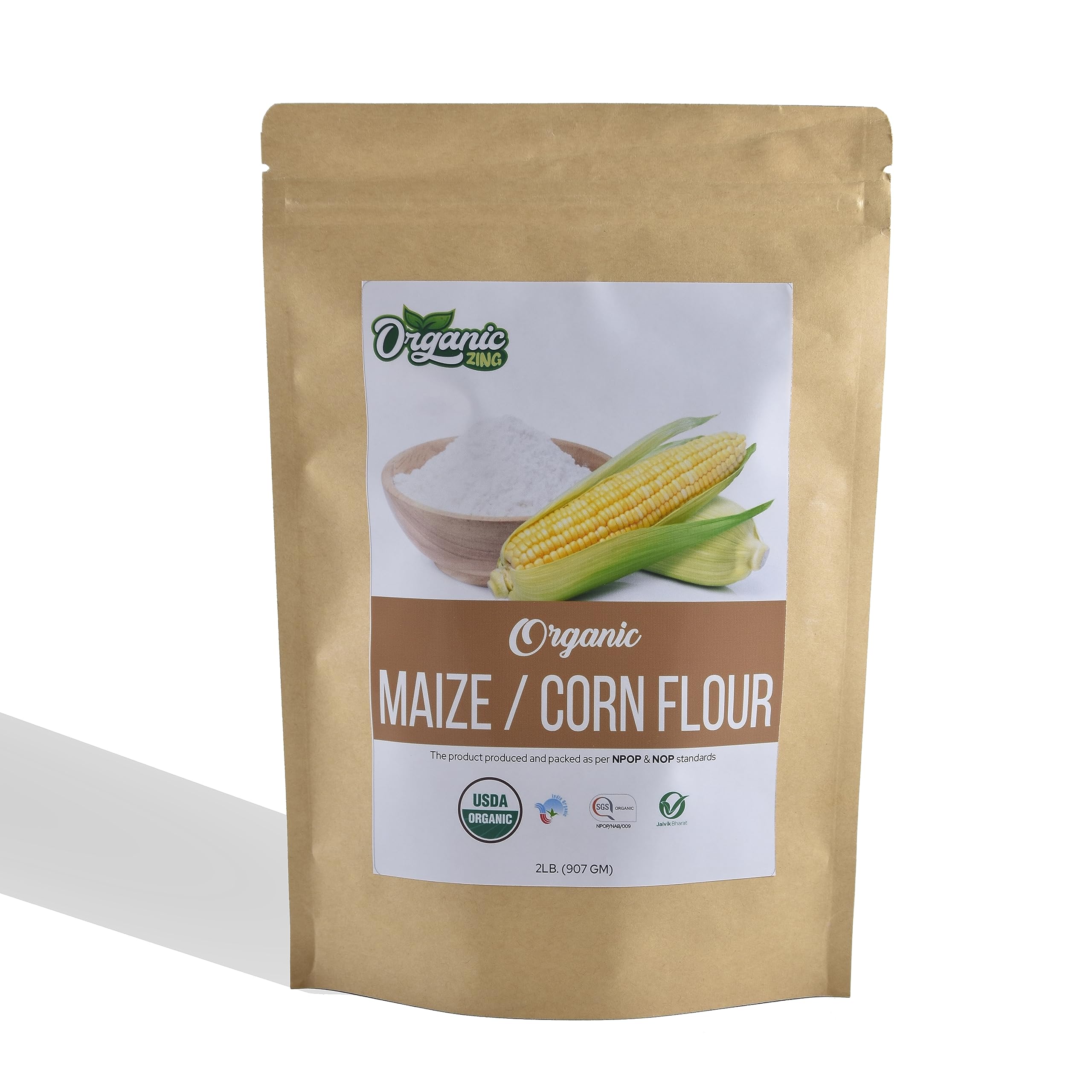

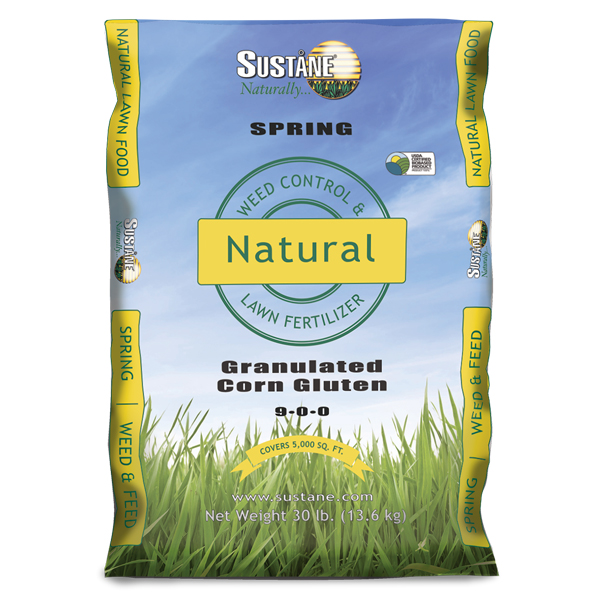
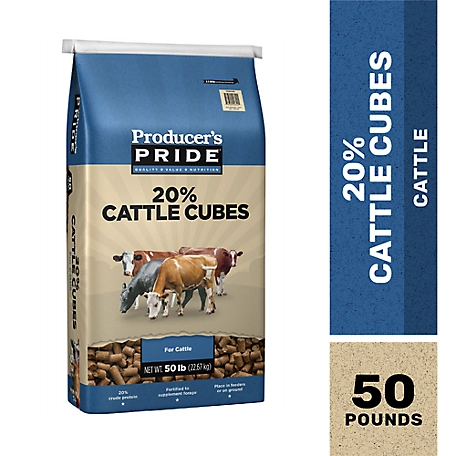


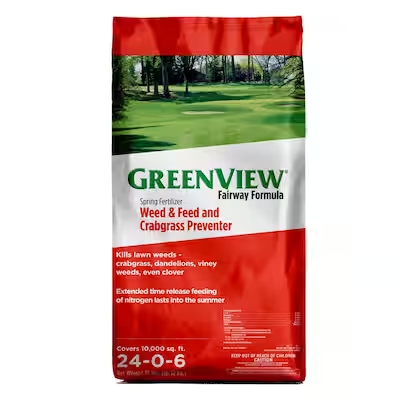
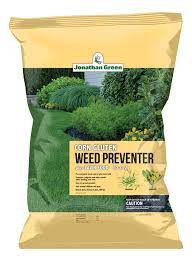
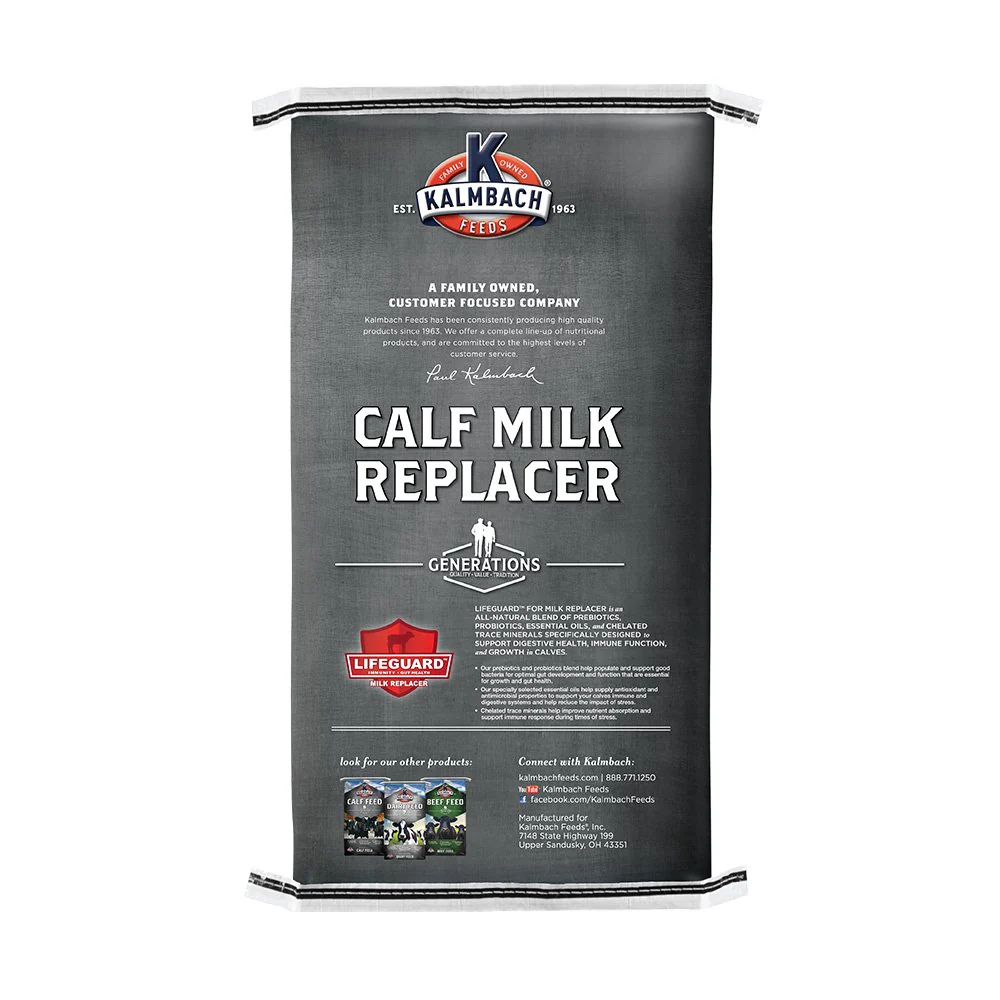
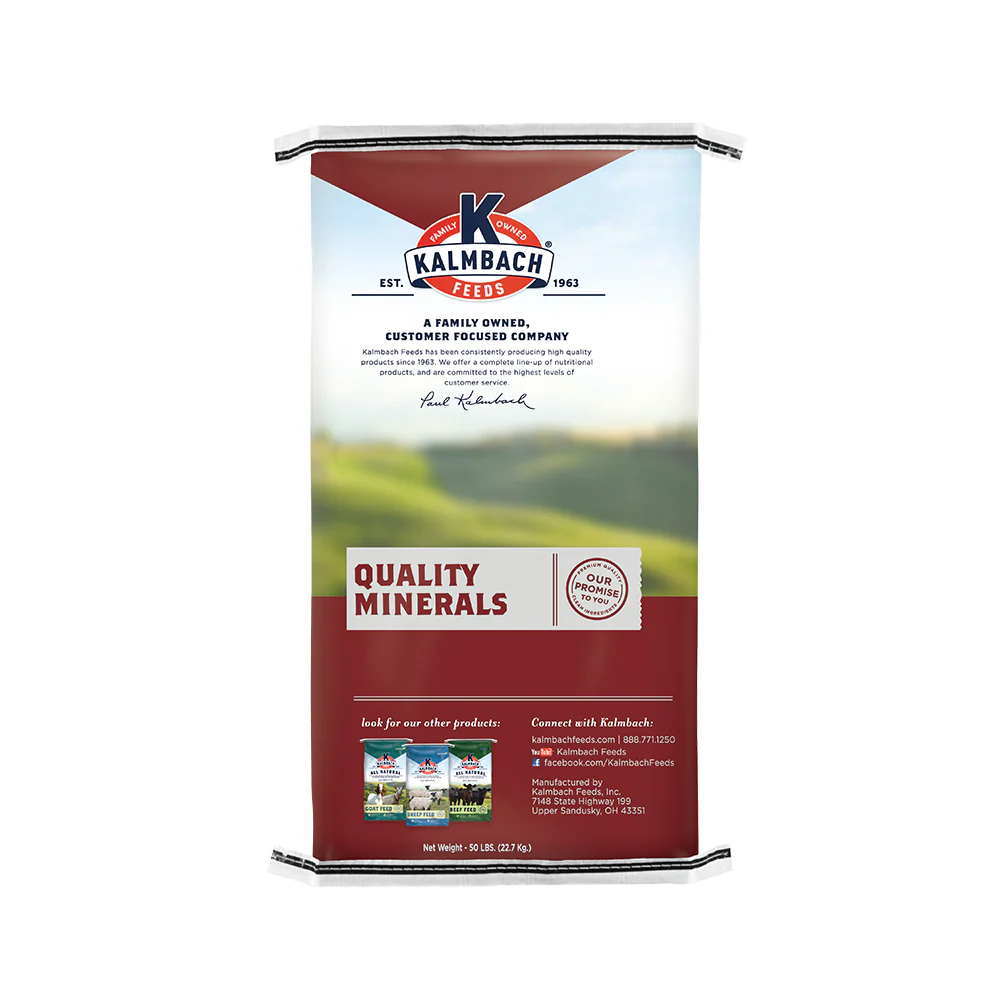
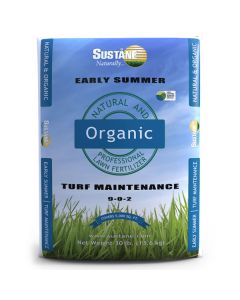
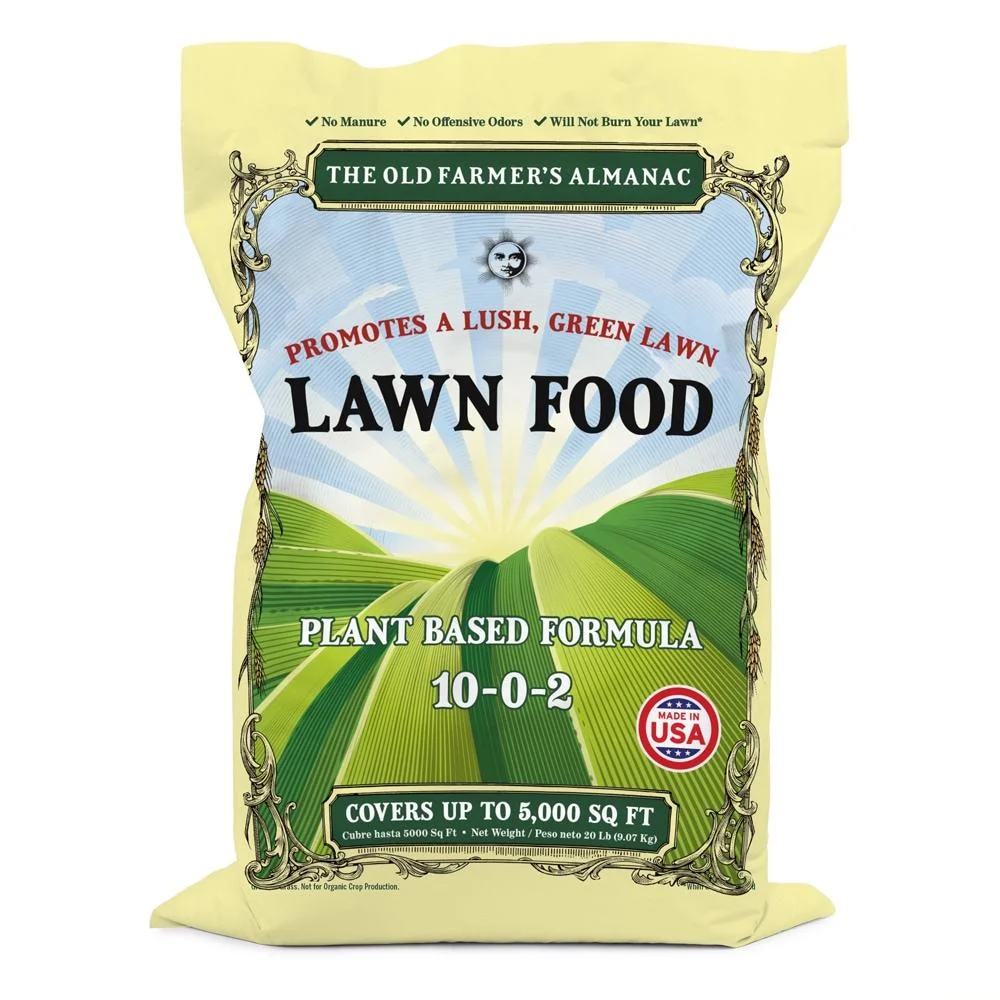
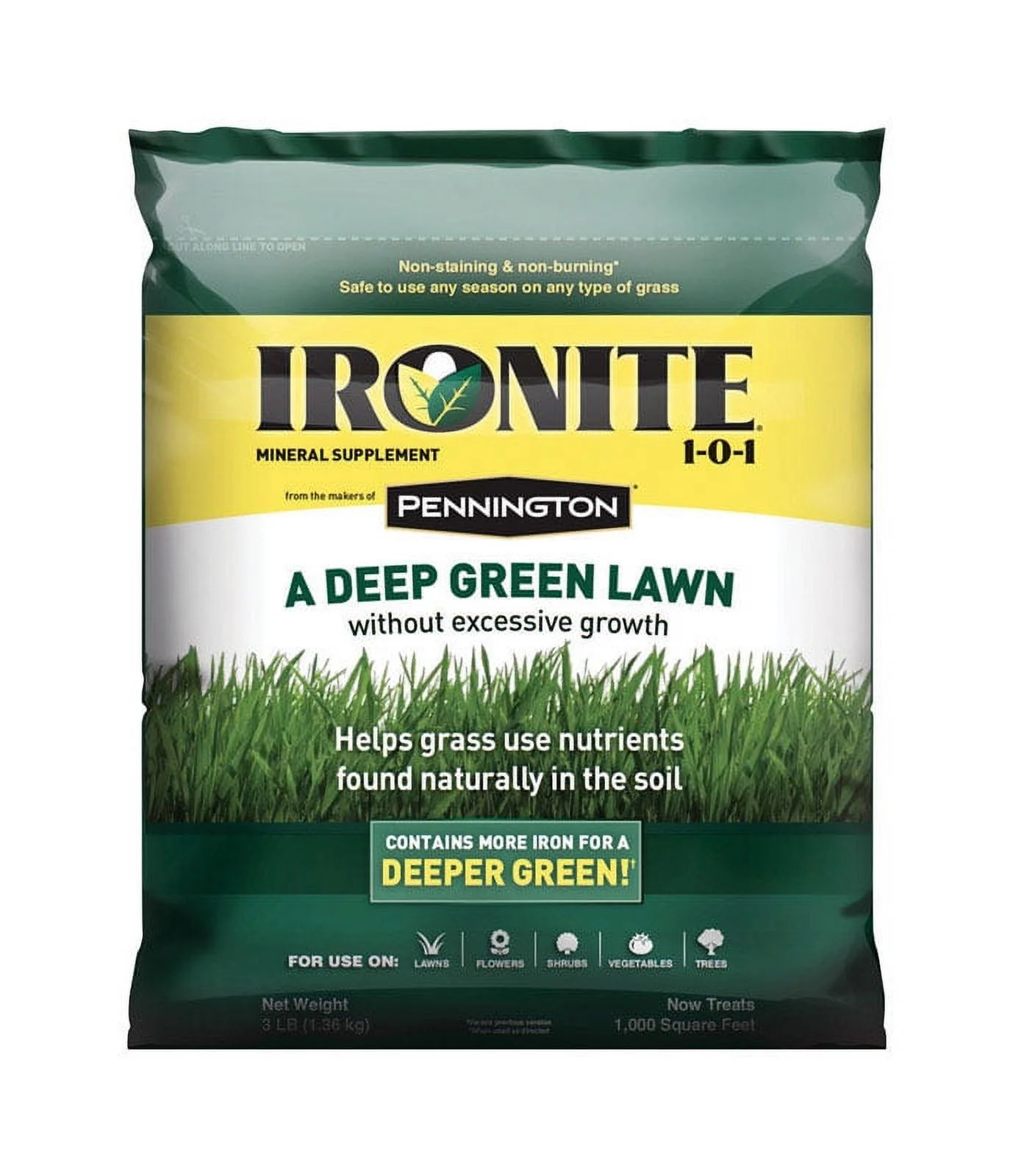

Reviews
There are no reviews yet.